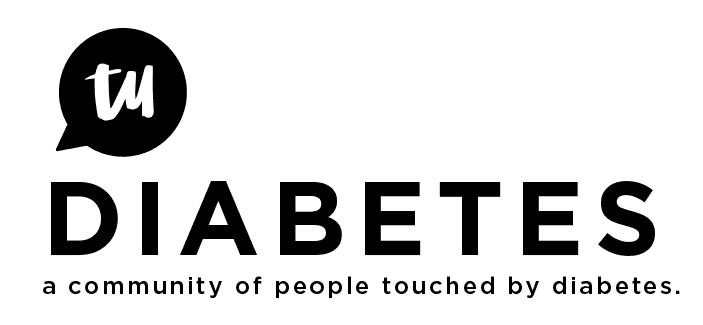Hi Jessica,
it's common for us to think that a correction based on BG X is going to start making BG go down within 15-20 minutes.
But if you had a bad infusion site, and high BG, you are lacking the basal insulin that you usually have in your system. So your BG at 469 is likely still RISING. So 20 minutes later, it was 519 instead of 580, for example because the correction slowed down the rise. Now that I have CGMS, it's obvious to me when this happens.
Also, at that high level, the amount of inaccuracy in the meter BG is high, and 469 might have really been 490, and 519 could have been 500.
So when that high, ALWAYS inject with syringe/pen to eliminate the pump infusion site being a possible factor in a continued rise. After correction with syringe, and I don't see a drop in 30 minutes, I do an additional correction by syringe, based on conclusion that BG was still rising. But with correction by pump, I cannot make the same conclusion.
If it's now staying at 519, it means you gave enough insulin to stop the rise.
When your BG is that high, most diabetics become insulin resistant, and need a much higher ICF factor. But you do need to be careful to not overstack the insulin.
I suggest to keep giving corrections by syringe, and also increasing the basal rate on your pump, maybe to 150%. When you see your numbers come down to the 200-300 range, you know the correction is working, and can stop the temp basal. For whatever reason, I find Temp basals help to reduce highs better than more correction doses. And temp basals reduce the impact of stacking too much correction insulin, as they can be turned off.
I might give 20-40% more correction, for high BGs, then add the increased temp basal to deal with the increased insulin resistance/missed basal.
If you find yourself going down too fast at some point or getting <180 with lots of IOB left, then use a lower temp basal, for example 50%, or consider suspending your pump for maybe 30 minutes (set temp basal 0% for 30 min), based on IOB and how fast it is dropping. You may need to do a snack if it gets <100, and still too much IOB, to avoid going to low. It is good to drink lots of water too ! It won't make your BGs come down faster, but will help the kidneys and reduce your chance of getting dehydrated. You will pee alot, and this is good to help get rid of the sugar spilling into urine.
